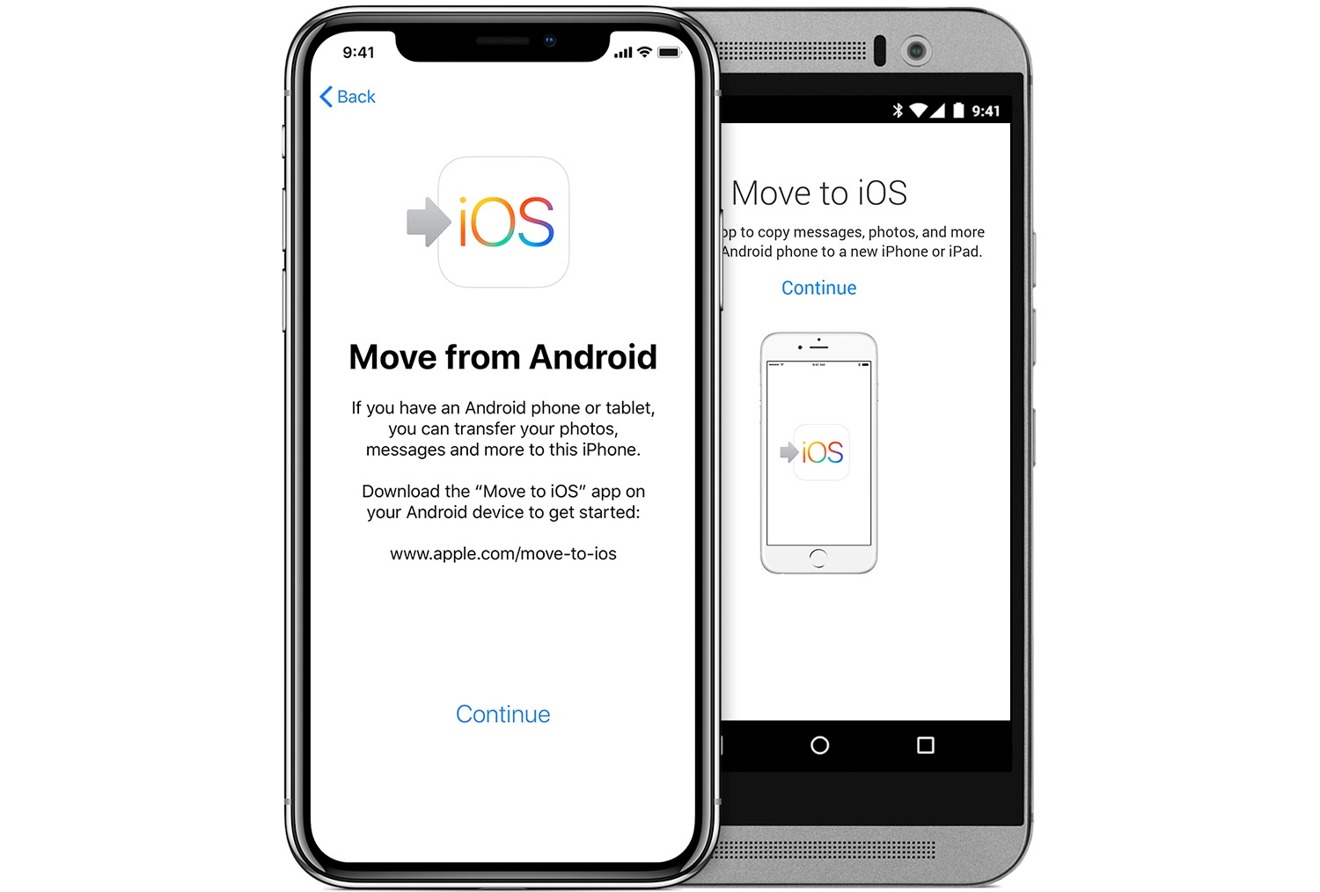
Introduction to the Move App
Switching between different operating systems has become more common. Whether upgrading to a new device or changing ecosystems, transferring data can be challenging. The "Move" app simplifies this process, making it easier to manage digital lives seamlessly.
Key Features of the Move App
- Data Transfer Speed: Transfers data quickly and efficiently, crucial for large amounts of information like messages, photos, and contacts.
- Data Security: Uses end-to-end encryption to protect information during transfer, ensuring personal data remains confidential.
- Ease of Use: Features a user-friendly interface, allowing even non-tech-savvy users to navigate and complete the transfer process easily.
- Compatibility: Works with both iOS and Android devices, making it versatile for switching between these popular operating systems.
- Support for Multiple Data Types: Transfers various types of data, including messages, contacts, photos, and videos, ensuring a smooth transition.
Steps to Transfer Messages from iPhone to Android Using the Move App
Transferring messages from an iPhone to an Android device using the Move app is straightforward. Follow these steps:
Step 1: Download and Install the Move App
- For iPhone: Open the Apple App Store, search for "Move," download the app, tap "Get," then "Install."
- For Android: Open the Google Play Store, search for "Move," download the app, then tap "Install."
Step 2: Launch the Move App on Both Devices
Open the app on both your iPhone and Android device. The app will guide you through each step.
Step 3: Connect Devices
Choose between Wi-Fi or USB connections for data transfer.
- Wi-Fi Connection: Open the app on both devices, select "Wi-Fi," and scan the generated QR code.
- USB Connection: Use a USB cable to connect the devices, providing a more secure method.
Step 4: Authenticate Devices
Follow the on-screen instructions to authenticate both devices, which may involve entering a verification code or scanning a QR code.
Step 5: Select Data Types
Choose the types of data to transfer. For messages, check the box next to "Messages." For all data types, check all relevant boxes.
Step 6: Start Transfer Process
Tap "Start Transfer" or "Begin Transfer." The app will initiate the transfer process, which may take several minutes or hours.
Step 7: Monitor Transfer Progress
Monitor progress on both devices. The app will display a progress bar indicating how much data has been transferred.
Step 8: Complete Transfer
Once complete, you'll receive a notification on both devices. Verify that all selected data has been transferred by checking your Android device.
Steps to Transfer Contacts from iPhone to Android Using the Move App
Transferring contacts from an iPhone to an Android device is also straightforward. Follow these steps:
Step 1: Download and Install the Move App
Download and install the Move app on both your iPhone and Android device as described earlier.
Step 2: Launch the Move App on Both Devices
Open the app on both devices.
Step 3: Connect Devices
Connect your iPhone and Android device using either Wi-Fi or USB as described earlier.
Step 4: Authenticate Devices
Authenticate both devices by following the on-screen instructions.
Step 5: Select Data Types
Select "Contacts" as the type of data to transfer. You can also choose other types of data like messages or photos if needed.
Step 6: Start Transfer Process
Tap "Start Transfer" or "Begin Transfer" once you've selected contacts as your preferred data type.
Step 7: Monitor Transfer Progress
Monitor the transfer progress on both devices using the progress bar displayed by the app.
Step 8: Complete Transfer
Once complete, verify that all contacts have been successfully transferred by checking your Android device's contact list.
Additional Tips for Using the Move App
While transferring data using the Move app is generally straightforward, here are some additional tips:
- Backup Your Data: Ensure all essential data on both devices is backed up. This ensures no important information is lost if something goes wrong.
- Use High-Speed Internet: For Wi-Fi transfers, ensure a stable high-speed internet connection to avoid interruptions or delays.
- Check Compatibility: Ensure both devices are compatible with each other and the Move app before starting the transfer.
- Read User Reviews: Understand how others have experienced the app by reading user reviews. This can provide valuable insights into potential issues.
- Contact Support: If you encounter any issues during data transfer, contact customer support for assistance. Most apps, including Move, have dedicated support teams ready to help.
The Move app is an invaluable tool for anyone switching from an iPhone to an Android device or vice versa. Its ease of use, robust security features, and compatibility with multiple types of data make it an essential tool in today's digital landscape. By following these steps and tips, you can ensure a smooth transition without losing any essential information along the way.
